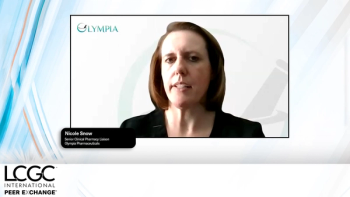
- The Column-05-18-2011
- Volume 7
- Issue 9
Interactive Charts: A Powerful New Tool for Understanding Chromatography Data
The interactive charting capabilities provide chemists with powerful new tools for analysing chromatography data more efficiently.
Chromatographers are generating more data than ever, as they adopt automation tools and faster methods to keep up with demands for increased productivity and for higher confidence in results. Managing all the data has become a major challenge because there is not enough time to scrutinize every chromatogram and result. Analysts need efficient ways to view the big picture, to spot significant items within the larger data set and to quickly analyse specific items that need closer examination.
A natural and effective solution is to present data graphically. Graphical representations allow large amounts of data to be presented in a compact format, facilitate comparison and make anomalies easy to detect. For example, the MiniPlots featured in the Chromeleon 7.1 chromatography data system (CDS) software presents a detailed miniature thumbnail image of each chromatogram in an injection sequence or query result. The user can scan dozens of chromatograms quickly and immediately spot any that differ in number of peaks, peak size or shape, background profile and so on.
Articles in this issue
over 14 years ago
Halász Medalover 14 years ago
Pesticide analysisover 14 years ago
KA-POW!over 14 years ago
Shelf lifeover 14 years ago
My First Motor Car...Newsletter
Join the global community of analytical scientists who trust LCGC for insights on the latest techniques, trends, and expert solutions in chromatography.





